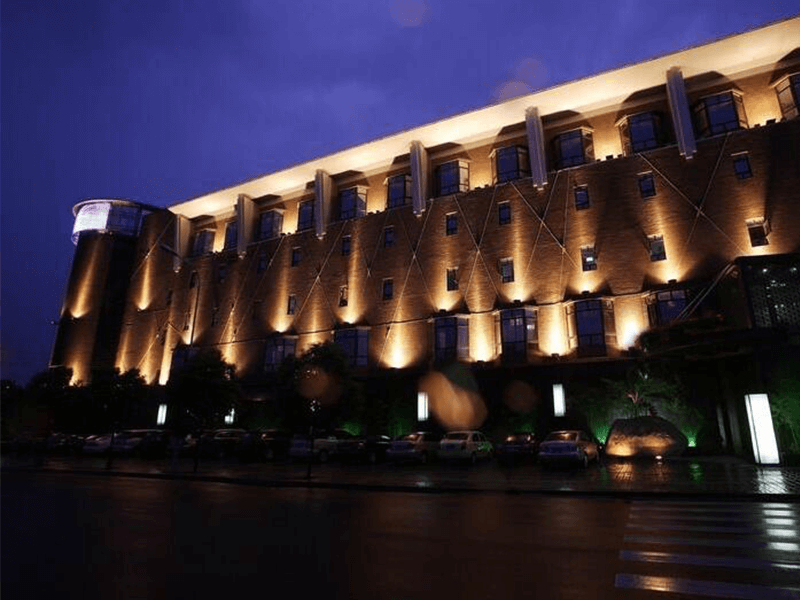When selecting outdoor flood lights, it’s not just wattage that matters—lumens are the accurate measure of brightness. Lumens indicate the amount of visible light a fixture emits, so the higher the lumens, the brighter the light.
The number of lumens you need depends on where the light will be installed and its purpose. Too few lumens can leave areas underlit, reducing visibility and security, while too many can cause glare and unnecessary energy consumption.
1. Understanding Lumens vs. Wattage
Traditionally, people associated wattage with brightness because incandescent and halogen bulbs used more power to produce more light. However, with modern LED technology, wattage no longer directly determines brightness—lumens do.
For example:
- A 150W incandescent bulb produces about 2,500 lumens, while a 30W LED flood light can provide the same brightness.
- A 500W halogen light emits roughly 8,000 lumens, which a 100W LED flood light can match.
This efficiency makes LED flood lights the best choice for outdoor lighting, as they deliver high brightness with lower energy consumption.
2. Recommended Lumens for Different Outdoor Spaces
The ideal lumen count varies based on the size of the area, installation height, and purpose. Below is a guideline for selecting the right lumens for different outdoor lighting applications:
Entryways, Pathways, and Small Patios (1,000-3,000 lumens)
- Best for front doors, porches, sidewalks, and decks.
- Ensures clear visibility without excessive brightness.
- Use motion sensor flood lights in this range to enhance security while saving energy.
Driveways, Gardens, and Medium-Sized Yards (3,000-5,000 lumens)
- Ideal for illuminating driveways, landscaping, and small backyards.
- Provides a balance of visibility and security without being overpowering.
- A 30W-50W LED flood light usually falls within this lumen range.
Large Backyards, Security Lighting, and Parking Areas (5,000-10,000 lumens)
- Great for wide spaces that require extra brightness.
- Enhances safety, visibility, and property security.
- A 50W-100W LED flood light typically meets this requirement.
Commercial Spaces, Large Parking Lots, and Stadiums (10,000+ lumens)
- Necessary for business exteriors, sports fields, and industrial spaces.
- Ensures maximum visibility and security over large areas.
- Typically requires 100W+ LED flood lights with a wide beam angle.
3. Factors That Affect Lumen Requirements
Several factors influence how many lumens you need to achieve the right outdoor lighting effect:
1. Installation Height
- Lights mounted higher require more lumens to maintain brightness at ground level.
- If your flood light is installed above 20 feet, consider higher lumens (5,000-10,000) to ensure effective coverage.
2. Beam Angle
- A narrow beam angle (30-60°) concentrates light in a smaller area, making the lumens more intense.
- A wider beam angle (90-120°) spreads light over a large area, requiring more lumens to maintain brightness.
3. Purpose of Lighting
- Security lighting should be brighter (5,000 lumens or more) to deter intruders.
- General illumination requires moderate lumens (3,000-5,000) for visibility and ambiance.
- Accent lighting for landscaping or decorative purposes needs fewer lumens (1,000-3,000) for a softer glow.
4. How to Choose the Right Lumens for Your Outdoor Space
To determine how many lumens you need:
- Identify the area you need to illuminate (pathway, yard, driveway, security zone).
- Consider the installation height—higher placements need more lumens.
- Decide on the beam angle—narrow beams focus light, while wide beams spread it.
- Choose LED flood lights for maximum brightness with lower energy consumption.
